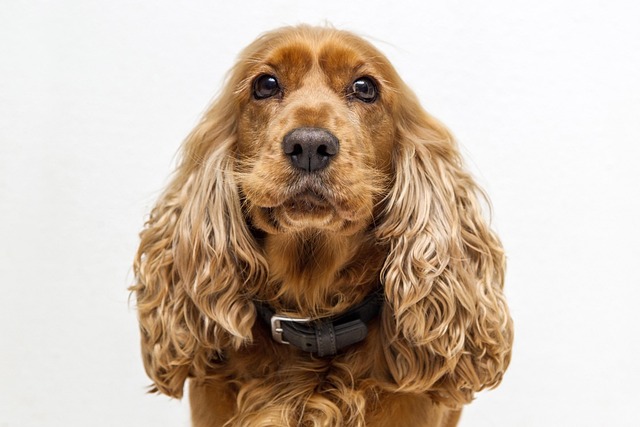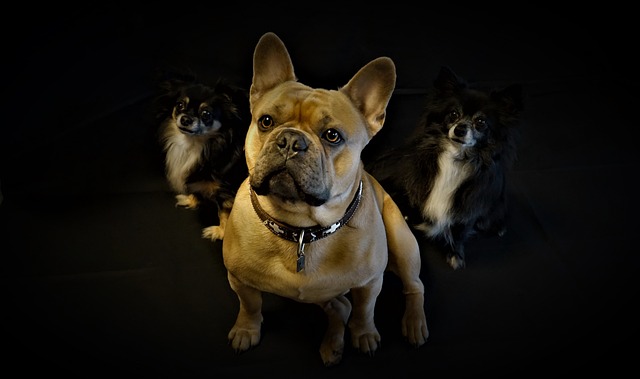
How do I teach my dog to socialize?
Watching your dog cower behind your legs when another pup walks by can leave you feeling helpless. Socializing isn’t about forcing them to be the life of the party—it’s about helping them feel safe in the world,
Dogs, like humans, can experience anxiety in various situations—whether it's due to loud noises, unfamiliar environments, or separation from their owners. The signs of anxiety in dogs are often subtle but telling: pacing, excessive panting, trembling, or even hiding. As pet parents, it's natural to want to soothe our furry friends, and one of the most powerful tools at our disposal is touch. But calming a dog isn't as simple as a random pat on the head or a scratch behind the ears. To truly help your dog relax, you need to understand the science behind effective touch and focus on specific "calming pressure points." This isn't just about instinct or guesswork—it's about using informed techniques to provide comfort and care.
The idea that certain areas on a dog's body can relieve stress isn't just wishful thinking—it’s grounded in science. Veterinary research and animal behavior studies have shown that targeted touch can stimulate the release of oxytocin, often referred to as the "bonding hormone," while simultaneously reducing cortisol levels, the hormone associated with stress. Some of the most effective calming pressure points include areas like the base of the ears, the chest, and along the spine. For example, gently massaging the base of a dog’s ears activates nerve endings that help soothe the nervous system. Similarly, slow, gentle strokes along the spine can encourage relaxation, as this area is rich in sensory receptors that respond to calm, rhythmic movement. These techniques aren't just about physical touch—they also tap into a dog's sensory and emotional systems, fostering a sense of safety and calm.
However, not all petting techniques are created equal, and some widely believed myths about calming dogs can actually do more harm than good. One common misconception is that vigorous pats on the head or quick belly rubs are universally comforting. In reality, many dogs find these actions overstimulating or even stressful, particularly when they’re already anxious. Another myth is that holding a dog tightly, as if to "hug out" the anxiety, will help them feel secure. While this might work for some humans, most dogs interpret tight restraint as a threat, which can escalate their stress. These popular but misguided approaches highlight the importance of understanding your dog’s unique needs and relying on evidence-based methods rather than anecdotal advice.
So, how do you touch a dog to truly calm them? Let’s break it down step by step. Begin by creating a quiet, low-stress environment—an anxious dog will struggle to relax in a noisy or chaotic setting. Once your dog is settled, start with gentle, slow strokes in areas they already enjoy being touched, such as their chest or back. Observe their body language carefully: relaxed ears, a soft gaze, or even a contented sigh are signs you're on the right track. Next, locate specific pressure points like the base of the ears. Using your thumb and forefinger, apply gentle circular motions for about 30 seconds. Another effective spot is the area right above a dog’s chest, between the front legs. This spot is particularly soothing because it mimics the sensation of being comforted by their mother during puppyhood. Always move slowly and mindfully, pausing to ensure your dog remains comfortable and receptive. If your dog pulls away, respect their boundaries—forcing touch can backfire and increase their anxiety.
While touch is a powerful tool, it’s most effective when combined with other strategies to reduce anxiety. For instance, maintaining a consistent daily routine can help your dog feel more secure, as predictability tends to reduce stress. Environmental adjustments, such as providing a cozy, quiet space for retreat or using calming pheromone diffusers, can also make a significant difference. In more severe cases of anxiety, consulting a professional, such as a veterinarian or certified dog behaviorist, can provide tailored solutions, including training techniques or medical support. Remember, touch is just one piece of the puzzle, and a holistic approach is often the most successful path to a calmer, happier dog.
By learning where to touch dogs to calm them and applying these techniques thoughtfully, you’re doing more than just easing their anxiety—you’re deepening your bond. Scientific petting techniques are about more than physical contact; they communicate love, trust, and understanding in ways your dog can truly feel. So, the next time your furry friend seems overwhelmed, take a moment to focus on their needs, use what you’ve learned, and watch as their stress melts away under your compassionate touch. This simple act of care can transform not only their well-being but also the relationship you share, one calming stroke at a time.

Watching your dog cower behind your legs when another pup walks by can leave you feeling helpless. Socializing isn’t about forcing them to be the life of the party—it’s about helping them feel safe in the world,

Teaching an older dog new potty habits isn’t about starting over—it’s about understanding their past. Maybe they spent years in a shelter, or perhaps their routine got disrupted by a move.

Training an older dog to stop excessive barking can feel challenging, but with patience and the right approach, it's absolutely possible.

Older dogs with aggression issues break your heart in a unique way. That gray-muzzled companion who once greeted strangers with a wag might suddenly snap, leaving you confused and worried. The good news?

Training a Chihuahua isn’t about age—it’s about understanding their unique personality, readiness, and building trust for lasting success.

Transform your dog's recall by making YOU the best distraction—turn training into a rewarding game that beats even squirrels or other dogs every time.